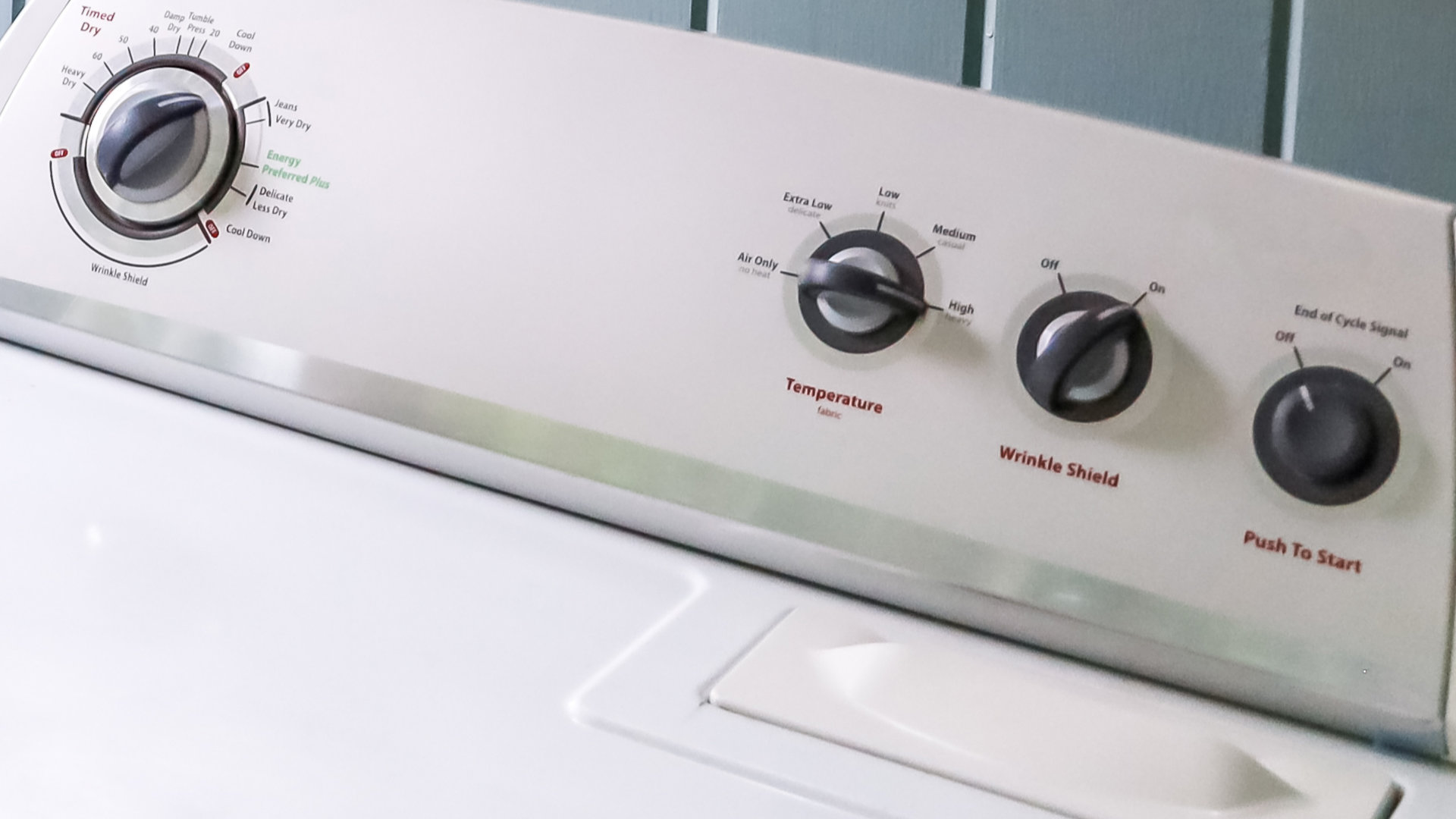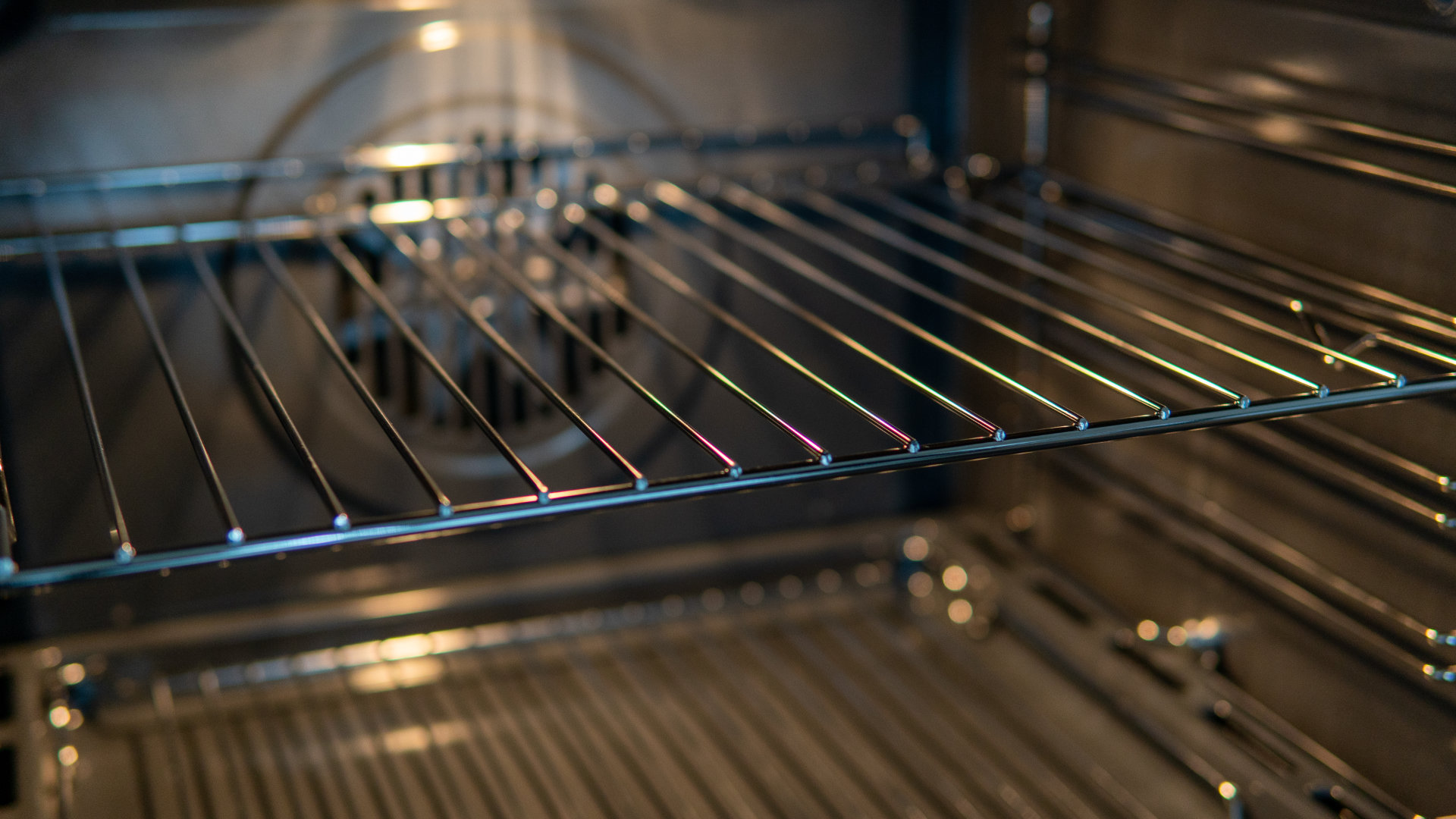
If your oven isn’t heating, one of the following components is likely defective:
- bake or broil element
- igniter (gas ovens)
- thermistor or temperature sensor
- thermal fuse
- control board
Keep reading to find out how to check and replace these components to fix your oven.
But first, check the obvious issues.
Incoming power problem
If the oven isn’t heating because it is not receiving power, a breaker or fuse may have been tripped. If the oven has recently been installed, the electrical socket that the oven plugs into might not be supplying enough voltage to power the oven.
Gas line problem
If you have a gas oven, it might not be heating because it’s not receiving gas. Check that no problem has occurred with the gas line. If the gas supply is good, an igniter most likely needs to be replaced (instructions below).
Diagnosing the issue
If the oven isn’t heating properly, check that both the bake and broil elements are glowing or providing heat when they’re turned on. Be careful not to burn yourself.
If neither element works, it’s likely that a fuse has blown, the igniter is faulty, or the control board has a fault. If only one element works, the one that doesn’t work most likely needs to be replaced.
If the oven heats, but the heat is inconsistent or not high enough, most likely a temperature sensor or control board issue has occurred, or one of the elements needs to be replaced.
Bake and broil elements
- Inspect both elements for blistering or breaks. If you find a break, the element needs to be replaced. If you see blistering, the element is most likely defective, but test it with a multimeter to be sure.
- Remove the element from the oven and test it for continuity (a continuous electrical path) with a multimeter. If the element doesn’t have continuity, it’s failed and needs to be replaced.
How to remove and the elements
The bake and broil elements are usually secured with screws on the back wall of the oven. In some models, the rear panel of the oven may need to be removed to unscrew the elements.
Wiring may also be attached to the elements, which may or may not need to be disconnected from behind the back panel.
Make sure to disconnect the power to the oven before removing any screws or panels.
Once you’ve removed the elements, they can be tested with a multimeter for continuity.
How to test the elements with a multimeter
- Set the multimeter to the lowest ohms setting or the resistance with tone setting.
- Touch each multimeter probe to one of the element’s two terminals. If the multimeter reading is 1 (no change), OL (open loop), or if you hear no beep, it means the element doesn’t have continuity and needs to be replaced.
Igniter (gas ovens)
- Locate the igniter underneath the covers and shields inside the oven.
- Turn the oven on and check if the igniter is glowing.
- If the igniter glows but doesn’t ignite the burner, the igniter has likely weakened and is unable to get the required amps needed to open the safety valve and light the burner. Therefore, the igniter needs to be replaced.
- If the igniter doesn’t glow, test it for continuity (a continuous electrical path) with a multimeter. The igniter must be removed or isolated for the continuity test.
How to remove the igniter
- Turn off the gas and disconnect the range from the power.
- Remove the oven racks.
- Remove the screws at the bottom of the oven panel.
- Lift the oven panel slightly and push back to release it from the retaining lip.
- With the panel removed, remove the igniter bracket screws.
- Pull the igniter forward and unplug it from the wiring harness.
- Remove the igniter from the oven.
How to test the igniter with a multimeter
- Set the multimeter to the lowest ohms setting or the resistance with tone setting.
- Touch a multimeter probe to each of the igniter’s two terminals.
- If the multimeter reading is 1 (no change), OL (open loop), or if you hear no beep, it means the igniter doesn’t have continuity and needs to be replaced.
- If the igniter has continuity, it’s likely not the cause of the heating problem. Instead, the bake or broil spark electrode may be defective.
Thermostat or sensor
Depending on the type of oven, it may have a thermostat or temperature sensor that monitors the oven’s temperature. If the oven is switch-based, it likely has a thermostat and sensing bulb assembly. If the oven has an electronic control board, it likely has a temperature sensor.
The thermostat or sensor shuts off the voltage to the element when the desired temperature is reached. During the cooking process, the thermostat or sensor cycles the voltage on and off to maintain the set temperature.
Depending on the type of oven, you may be able to see the sensing bulb or sensor inside the oven extruding from the back wall. To access the thermistor or sensor, the back panel of the oven needs to be removed.
Make sure you disconnect the power to the oven before accessing the thermostat or temperature sensor.
Once you’ve removed the back panel, the thermistor assembly or temperature sensor is usually located near the broil element. Usually a wiring harness is connected to the assembly or sensor and one or two screws that hold the assembly or sensor in place.
Testing a thermistor or sensor with a multimeter is not as easy as testing for continuity. You need to check the resistance, but that varies from oven to oven and it changes depending on the temperature. Generally, if the thermistor or sensor is working properly, you should get a reading of between 1,000 and 1,200 ohms at room temperature.
For a more accurate diagnosis, you need to check what the resistance should be in the oven’s user manual or tech sheet.
Less likely causes
Main control board
The main control board is difficult to test with a multimeter, but if you observe burning or black spots on the board, the control board is likely causing the heating issue.
Thermal fuse
Some ovens have a thermal fuse or high-limit cutoff that shuts down the oven if it gets too hot. If the fuse fails a continuity test, it’s not working properly and must be replaced.

How to Reset a Whirlpool Refrigerator Ice Maker
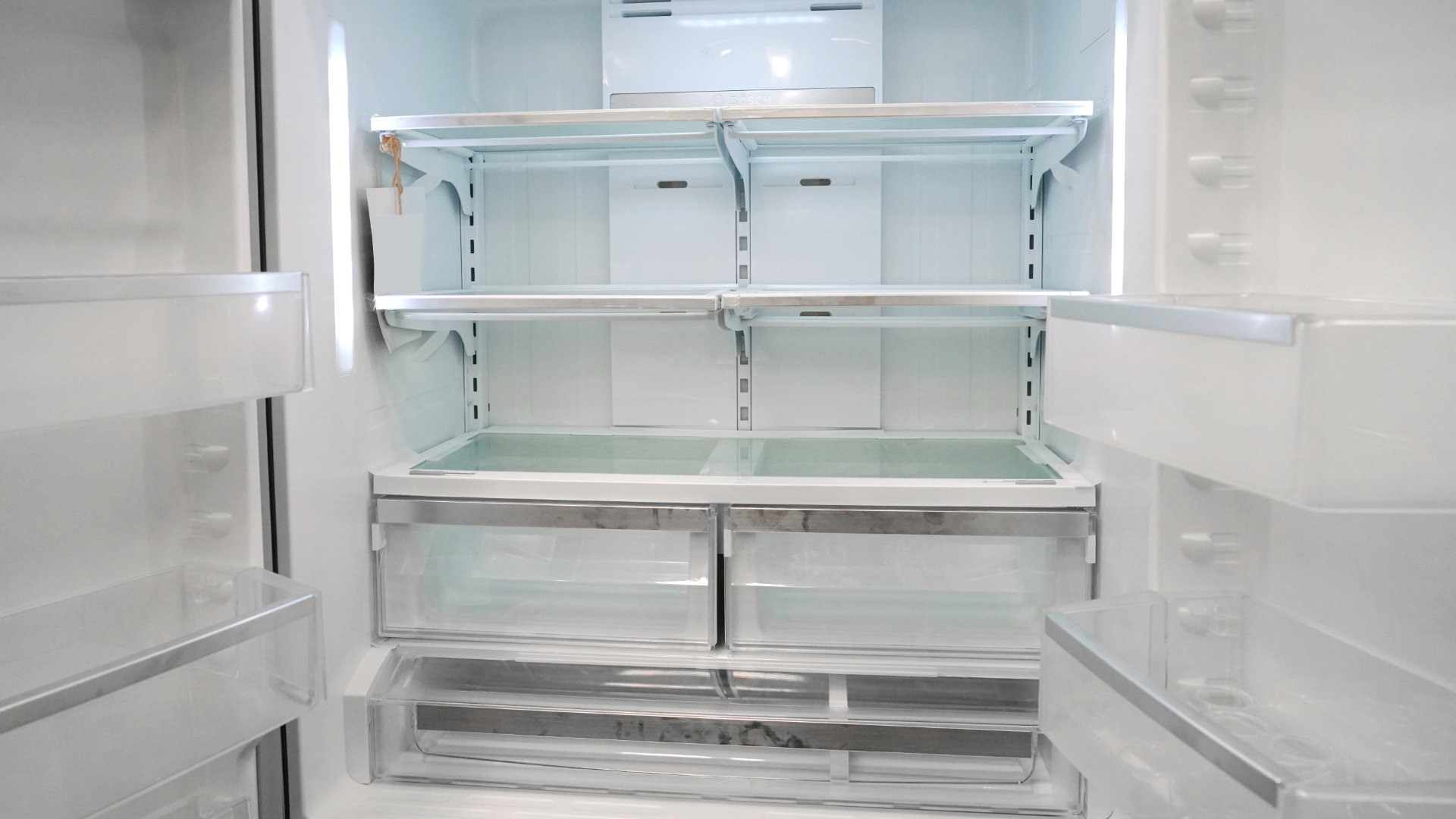
6 Reasons Your LG Refrigerator Is Not Making Ice

Kenmore Fridge Ice Maker Not Working? 5 Ways to Fix It

How to Remove Fish Smell from Your Refrigerator
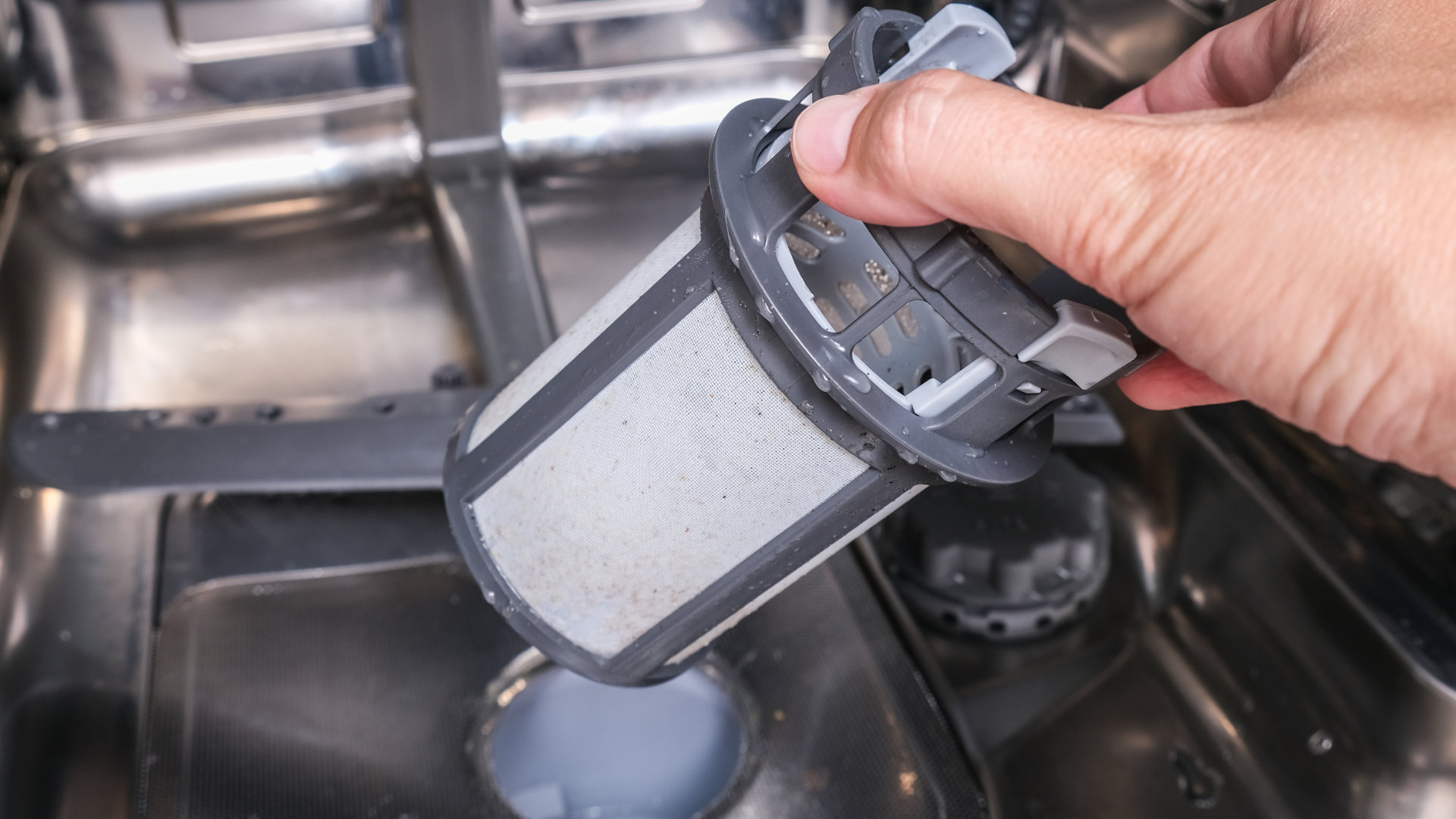
How To Fix Bosch Dishwasher E24 Error

Troubleshooting a Whirlpool Dishwasher Not Draining
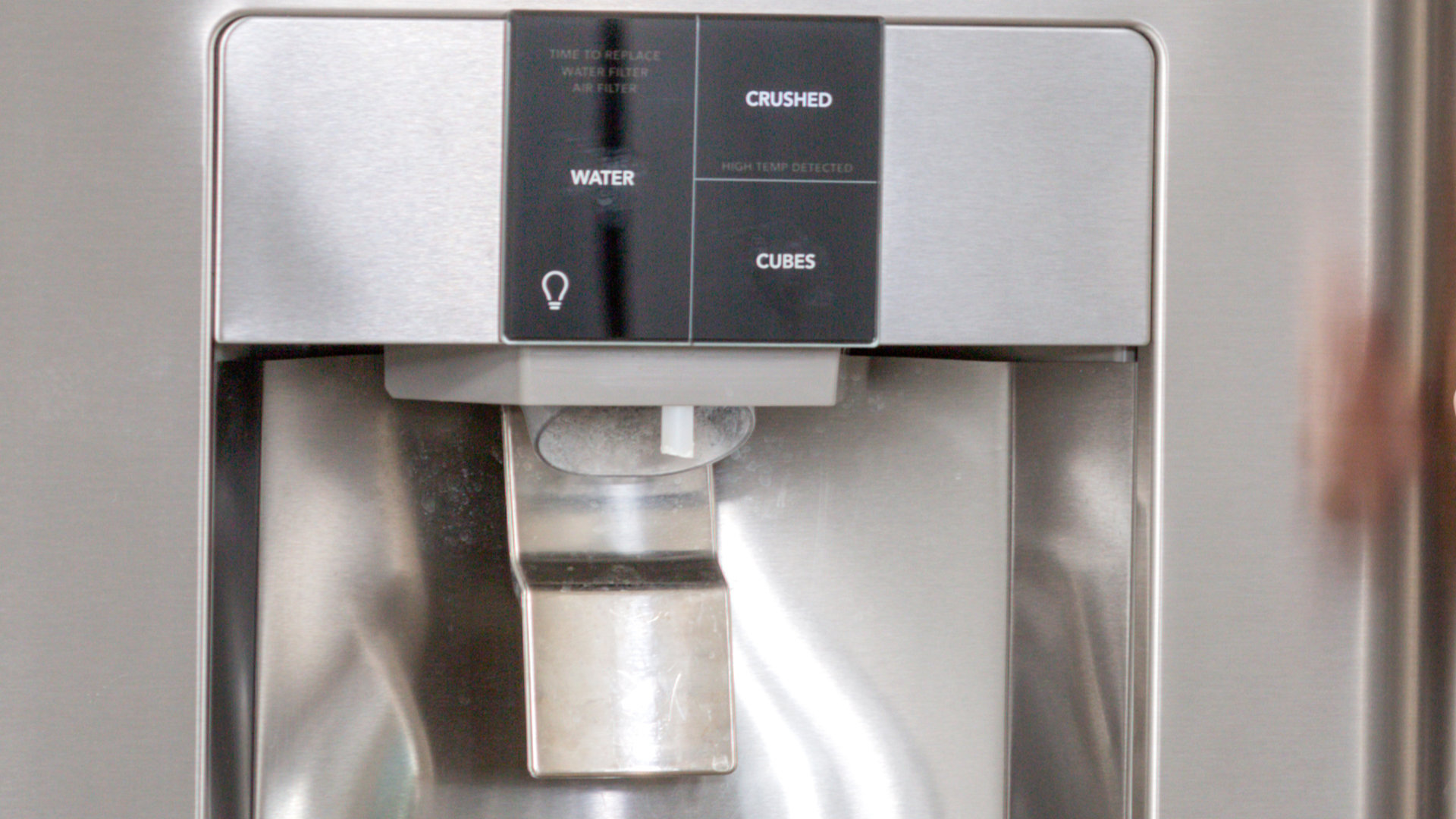
Why Is Your Fridge Water Not Working, but Ice Is?
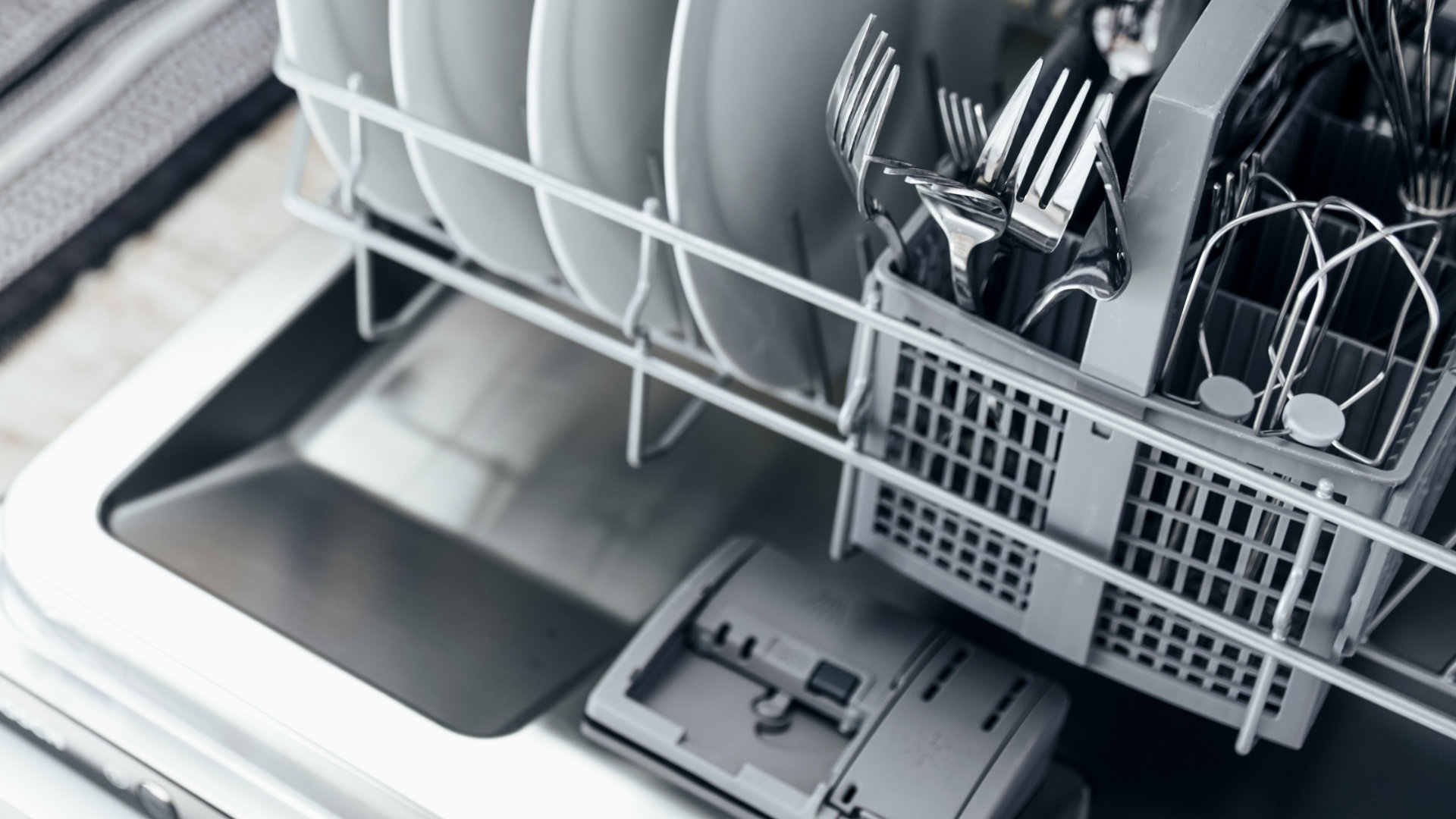
How to Fix the E15 Bosch Dishwasher Error Code
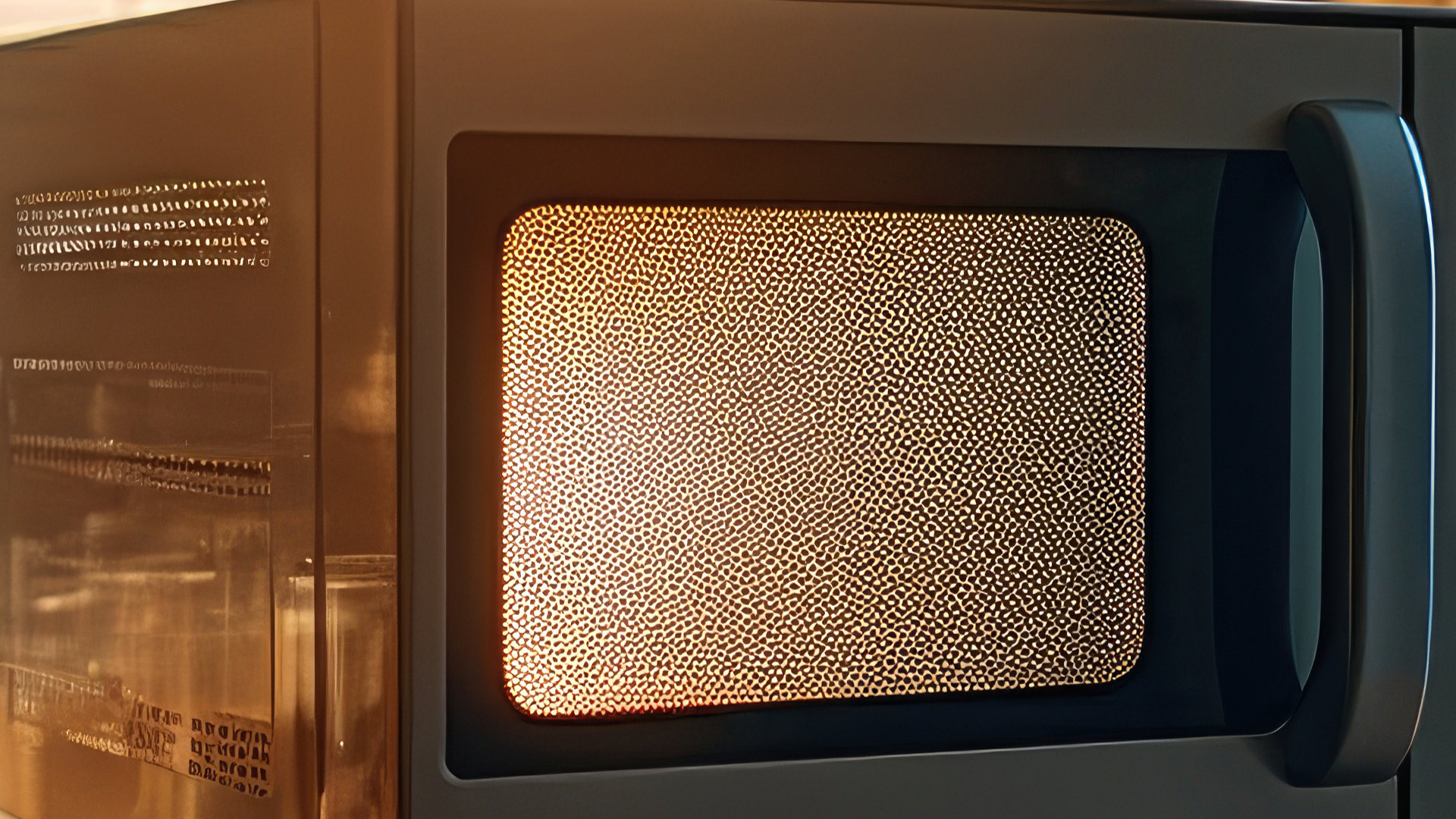
How Much Power Does a Microwave Use?
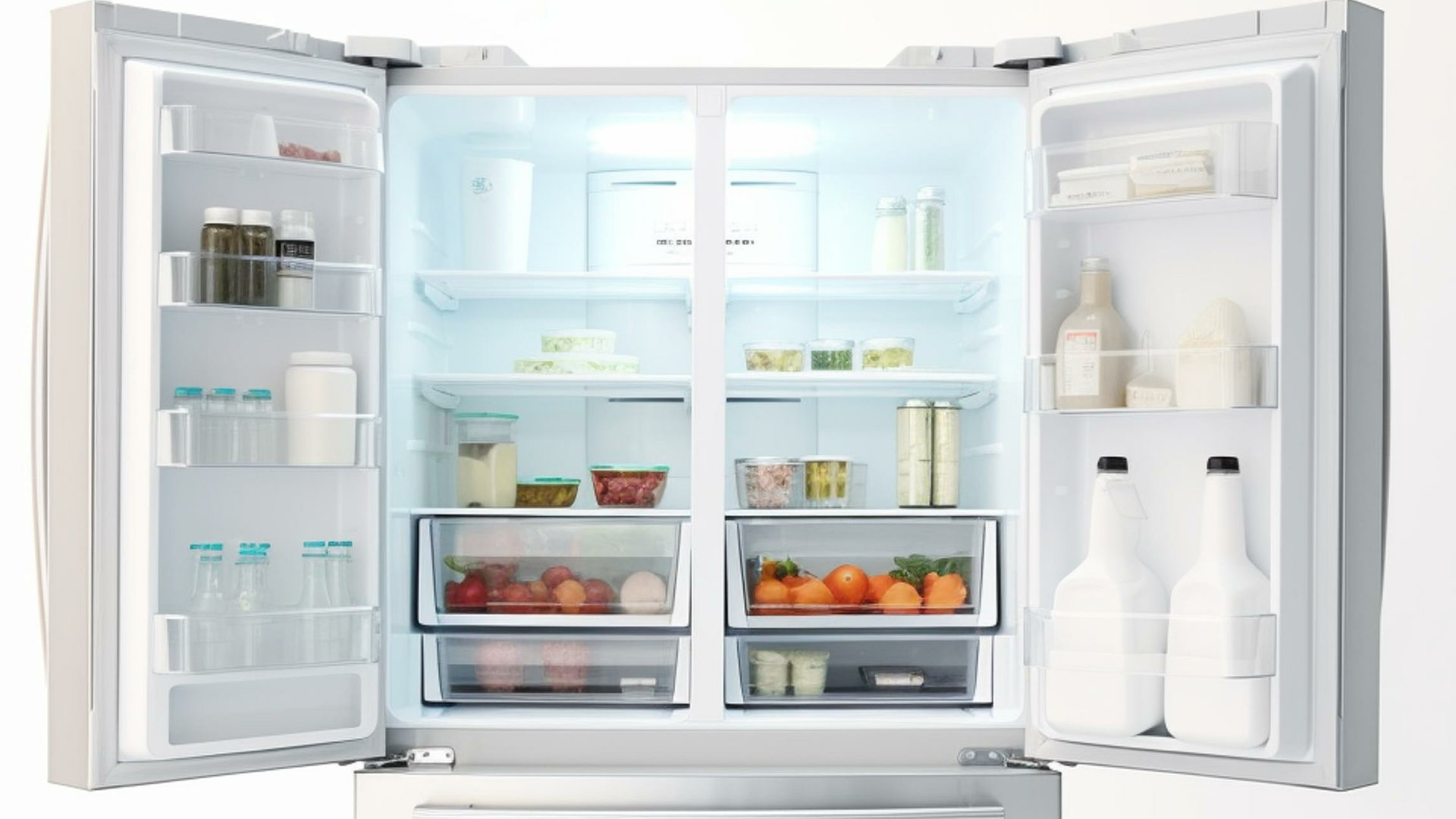
How to Properly Clean Refrigerator Coils
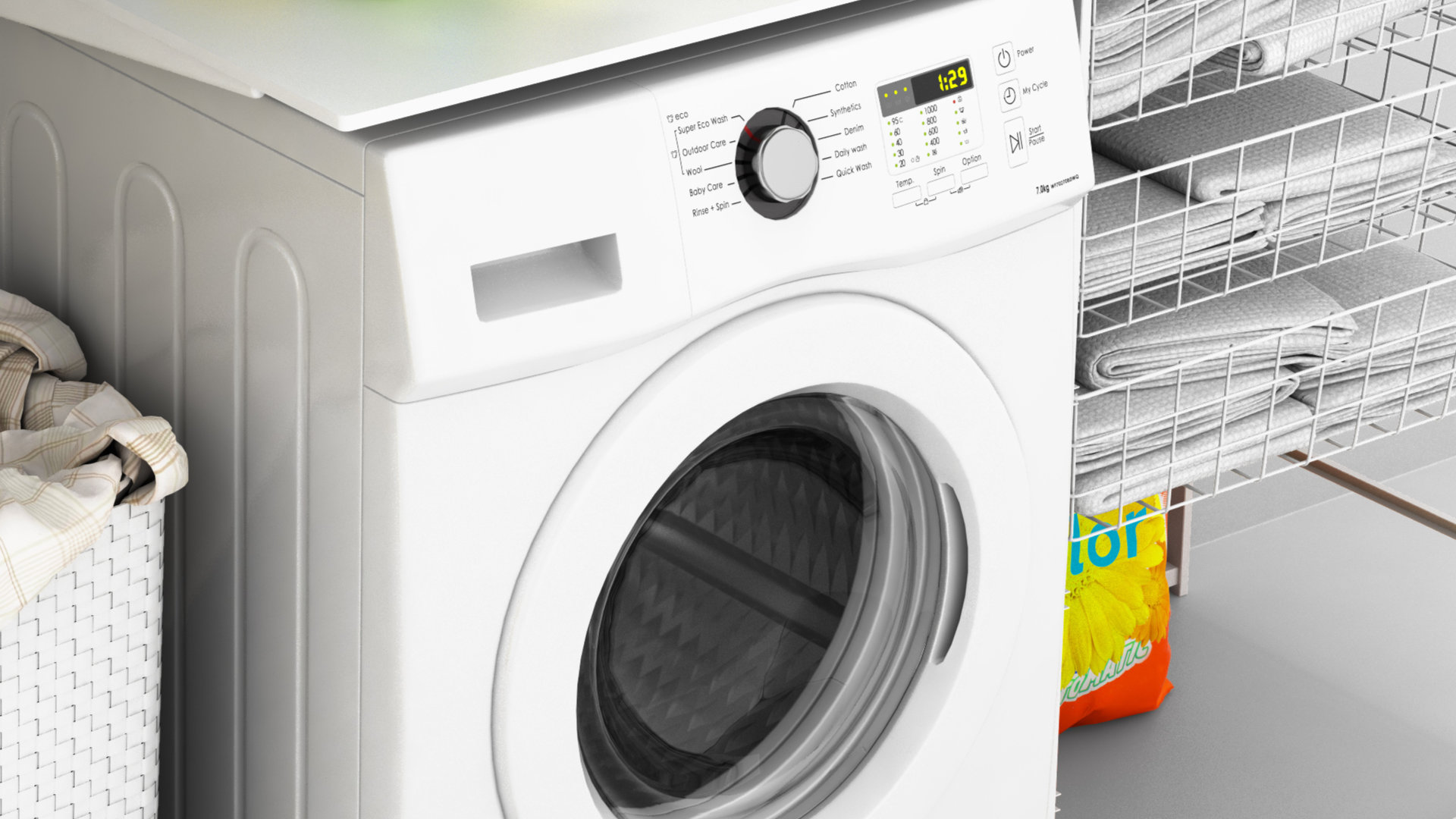
How to Fix an LG Washer Showing OE Error Code
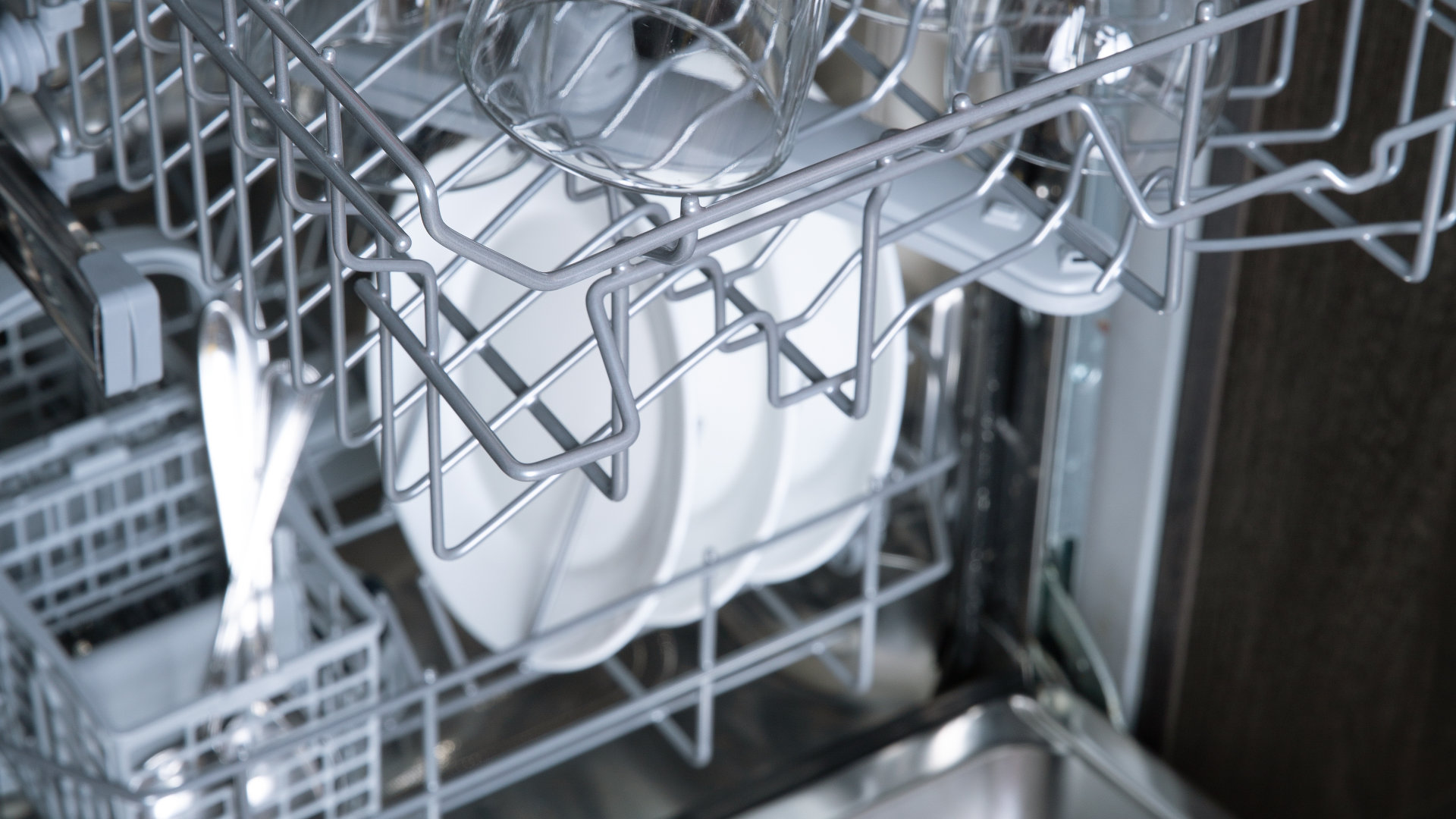
Troubleshooting a GE Dishwasher with No Power and No Lights
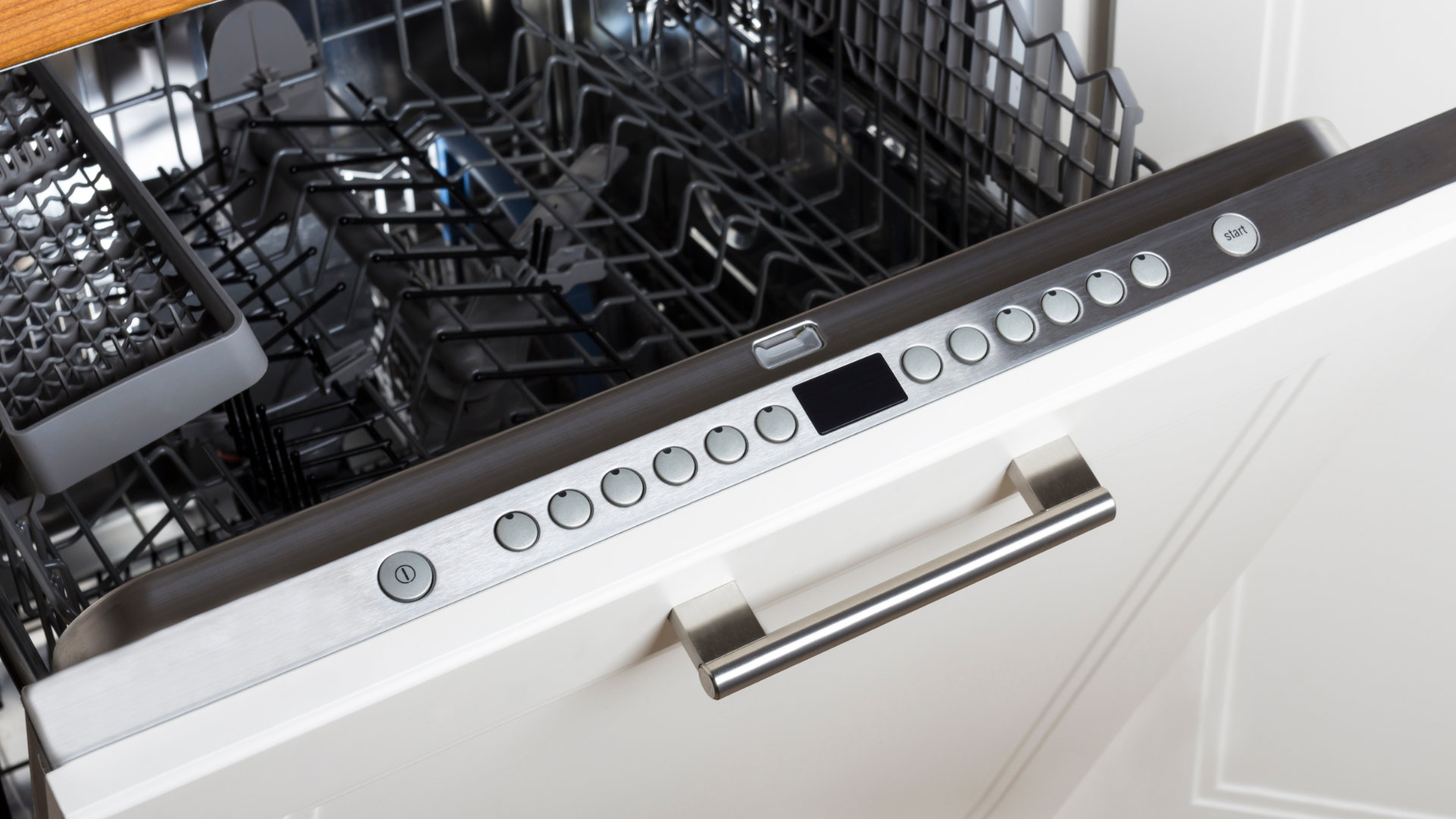
10 Reasons Why Your Bosch Dishwasher Won’t Start
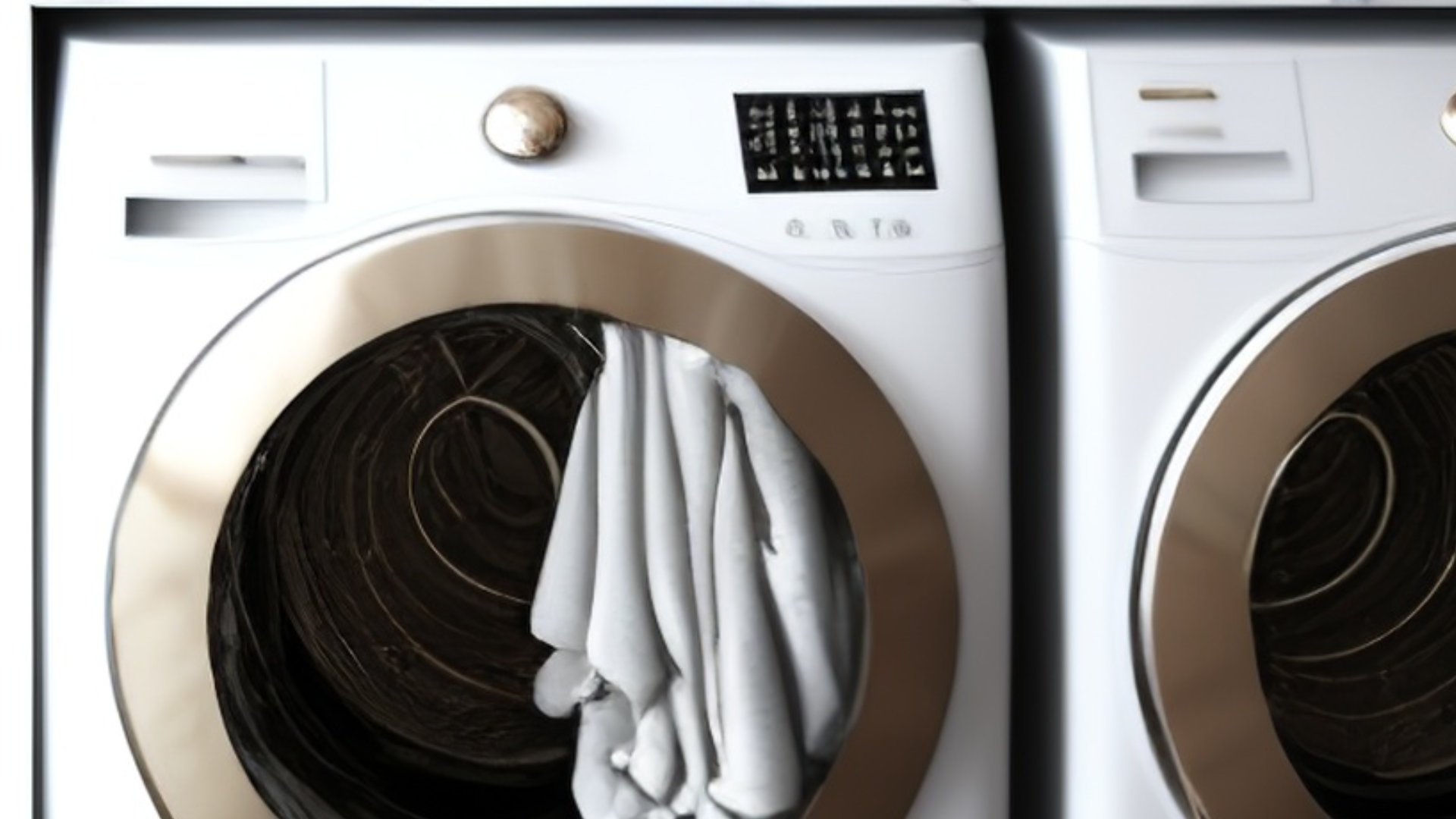
Troubleshooting the F5 Error Code with a Maytag Washer
